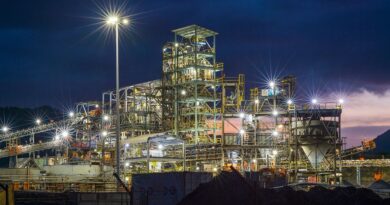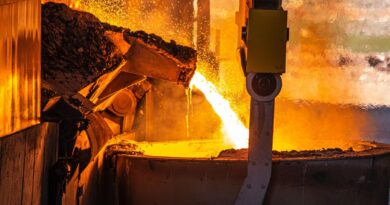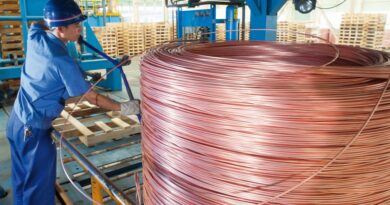Green metals are the journey to decarbonisation
The metals industry faces a dilemma: producers are under pressure to decarbonise. But at the same time, demand for commodities is rising.
If the goals of the 2015 Paris Agreement are to be met, the world needs more wind, solar, zero tail emissions electric vehicles, stationary storage and distribution. And each of those technologies relies on metals. At the same time, direct carbon emissions from metals producers must halve over the next 20 years to meet the 2°C limit set in Paris.
All carbon-intensive industries are firmly in the crosshairs. With the steel industry responsible for 10% of emissions, and aluminium industry the send-highest of all the metals at 2%, both industries must make changes.
Until recently, CO2 emissions associated with iron and steelmaking have been cheap. Only steelmakers in Europe have felt the impact of carbon taxes. But now, environmental, social and governance – ESG – is higher up the investor priority list, and the cost of CO2 is rising.
The steel industry must eliminate 1.7 Bt of direct Scope 1 and indirect Scope 2 emissions over the next 20 years – or face a cost of US$191 billion each year in carbon taxes. That’s around a quarter of annual global steel revenues of US$800 billion in a good year.
In reality, no metal can claim to be truly green. Despite being dubbed the green metal, aluminium is not carbon neutral when the entire value chain is considered. In an analysis, cradle-to-gate CO2 equivalent emissions range from 5-25 tonnes per tonne of metal produced.
As carbon policy evolves, aluminium has a lot to lose – as does steel – and the incentives to decarbonise are strong. If, and when, a global carbon tax is implemented, that would fundamentally shift the economics of the aluminium industry in favour of low-emissions production.
For aluminium, it’s the metal’s heavy reliance on fossil fuels. On average, it requires up to eight times more energy per kilogram than steel production. Making the shift to renewable power will be one of the biggest factors in reducing the industry’s carbon footprint. And there is a long way to go: zero-carbon power sources currently fuel less than a third of the world’s aluminium smelters.
For steel, it’s at the mill: the blast furnace production process is fundamentally carbon-intensive. Coal is an integral part of the process. While its low cost allows the industry to operate at scale, emissions are unavoidable.



